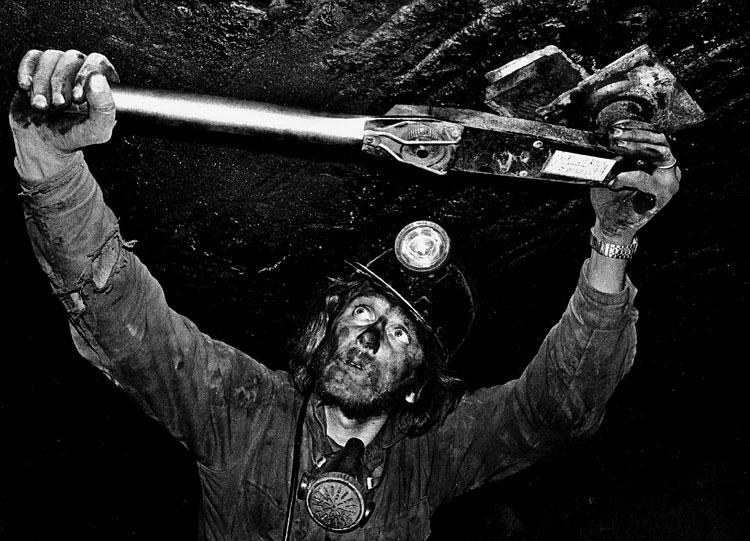Things have been somewhat quiet lately in the world of mine safety and health. We wrote earlier about the troubling rise in black lung cases, but thankfully mining fatalities are down slightly this year after they spiked last year. In 2018, we’ve seen 9 coal mining deaths and 16 worker deaths in meal/non-metal mines. Last year, 15 coal miners died and 13 metal/non-metal miners were killed.
But recently, some troubling enforcement news has come out of the Mine Safety and Health Administration (MSHA).
The United Mine Workers of American (UMWA) sued MSHA this week over a settlement the agency reached with Pocahontas Coal Company that removed heightened POV oversight from the company even though MSHA continued to find serious violations of the law.
UMWA President Cecil Roberts and others feel that MSHA’s action is in violation of the law and Roberts called MSHA’s actions “a direct threat to miners’ health and safety anywhere in the United States.”
Background
The enforcement policy at dispute is the agency’s Pattern of Violations (POV) policy. POV is a powerful tool established in Section 104 of the Mine Safety and Health Act of 1977 provide additional oversight when a mine shows a disregard for safety and health of miners. But in the 40 years since the Mine Safety Act was passed and MSHA was created, the POV tool had never been use.
Following the catastrophic Upper Big Branch explosion that killed 29 miners in 2010, MSHA director Joe Main started using POV for the first time. Unlike facilities covered by OSHA, coal mines must be inspected at least 4 time each year. Many of the more hazardous mines are inspected much more frequently, some on a daily basis.
When a serious violation (known as an S&S or Significant and Substantial) is cited, MSHA can shut down that section of the mine, but more likely provides a reasonable time to abate the hazard without a closure order.
POV states that when MSHA finds that a mine has a “pattern of violations,” every S&S violation an inspector finds during an inspection automatically results in closure order for the area affected. To get out of POV status, the law states that the mine has to have a complete inspection with no S&S violations.
The Obama administration’s POV policy was effective. From 2010 to 2016, the number of S&S violations in the nations top 200 mines declined by 54%. And those mines saw a significant decrease in violations and injury rates.
And the policy clearly had a deterrent value as well. In 2010, MSHA identified 51 mines that had violations serious enough for consideration of a POV notice. By 2016, none of the 13,000 mines in the country qualified for POV status.
Along Came the Trump Administration
So you can imagine the concern of the Mine Workers union and mine safety advocates when last August, the Federal Mine Safety and Health Review Commission (FMSHRC) approved a settlement between MSHA and Pocahontas Coal Co. LLC that removed the company’s POV status, despite the fact that the mine had not yet undergone an inspection with no S&S violations. In fact, the mine had received 36 S&S violations this year.
Pocahontas had been placed on POV status in October 2013 after two fatal incidents.
FMSHRC Board member Robert Cohen dissented from the board’s decision, calling it “legally unsupportable” and claiming that the decision
sends a dangerous message that an operator who has chronically disregarded safety, thus gaining an advantage over safer competitors in the process, may nevertheless gain reprieve from the Mine Act’s heaviest sanctions by the grace of a friendly administration no longer committed to enforcing those sanctions.
Congressman Bobby Scott (D-VA), incoming Chair of the House Education and Labor Committee, and Rep. Mark Takano (D-CA) also wrote a letter to MSHA head David Zatezalo inquiring into the legal basis of MSHA’s decision to withdraw the company’s POV status.
UMWA’s Roberts explained in a press release that:
Mines that are not operated safely deserve the extra scrutiny they get under POV status, and management needs to prove that it can operate safely before that status is lifted. But that is not what happened here. If the agency can flagrantly ignore the law and lift POV status at Affinity and get away with it, then it will do so again. We want to make sure that cannot happen.
Head photo by Earl Dotter, www.earldotter.com
THANKS FOR SENDING IT OVER
MARK G
PAI